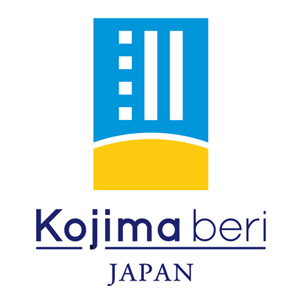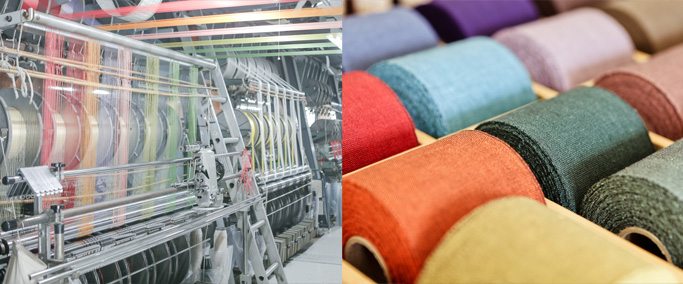
Takata Orimono’s hometown, Kojima, Kurashiki City, is known for “three whites of Kojima”, which refers to three pillars that supported the growth of industrial Kojima.
The first “white” is salt. Kojima, a seaside town of Seto Inland Sea, was once home to salt industry, where vast salterns spread along the coast. The second “white” is ikanago (sand eel). Shimotsui, Kojima’s most lively fishing area, was famed for the scenic ocean view where huge schools of sand eels flashing their white bellies in the sun. The third “white” is cotton. Today’s indigenous textile industry of Kojima originates from cotton cultivation, which took root in Kojima in the mid-Edo period.
The first “white” is salt. Kojima, a seaside town of Seto Inland Sea, was once home to salt industry, where vast salterns spread along the coast. The second “white” is ikanago (sand eel). Shimotsui, Kojima’s most lively fishing area, was famed for the scenic ocean view where huge schools of sand eels flashing their white bellies in the sun. The third “white” is cotton. Today’s indigenous textile industry of Kojima originates from cotton cultivation, which took root in Kojima in the mid-Edo period.
The three white pillars featured in the Kojima-beri (Kojima’s hem) logo symbolize these “three whites of Kojima”. The dotted pillar on the left represents cotton, the origin of tatami hem of Kojima. The curbed yellow area represents the Sun rising from the calm Seto Inland Sea, as well as the abundant land of Kojima.

